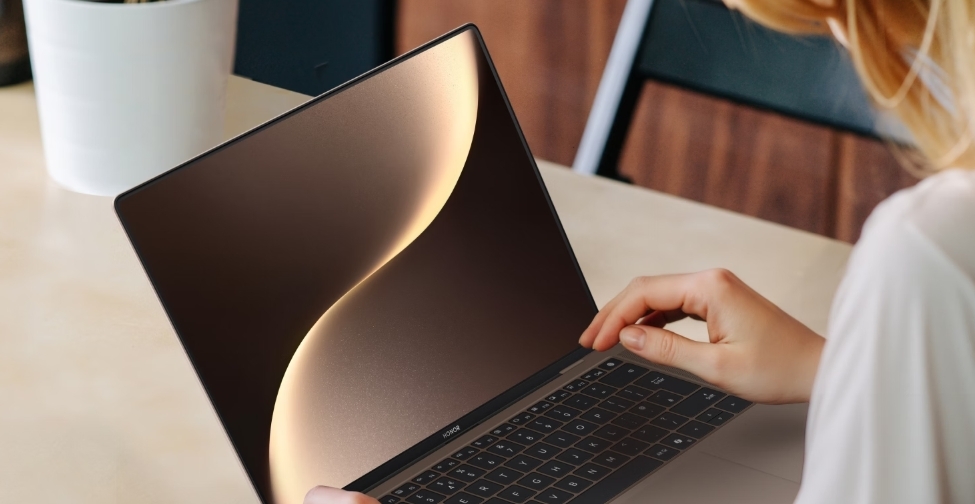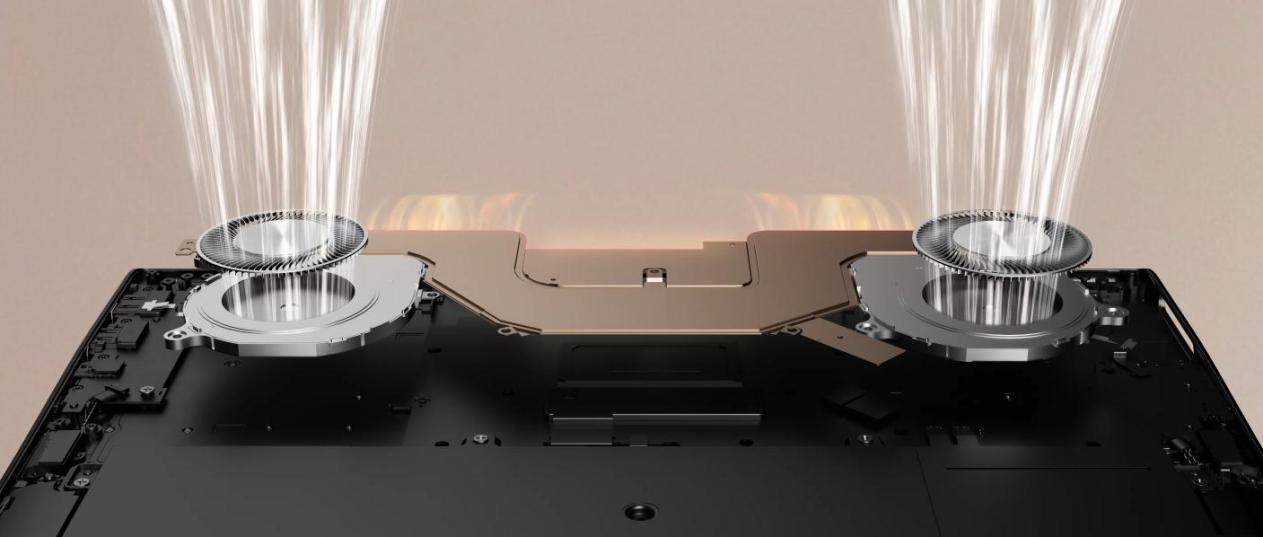A laptop’s battery life is crucial for those who rely on their devices daily. Following best practices for battery care not only extends the battery lifespan but also enhances its performance. Simple actions like managing your charging habits, maintaining optimal temperatures, and updating software are vital. This guide delves into effective strategies to ensure your laptop’s battery remains healthy and efficient throughout its life cycle. Whether you’re using a premium device like the HONOR MagicBook Art 14 2025 in KSA or any other laptop, understanding and implementing these key practices can prevent unnecessary wear and prolong the overall functionality of your device.

How to Charge Smart?
Smart charging habits are essential for maximizing battery health and performance. By developing a consistent charging routine, you’ll save your battery from unnecessary stress and degradation.
Keep Battery Between 20%–80%
Maintaining your laptop battery’s charge between 20% and 80% can greatly extend its lifespan. By avoiding letting the charge fall below 20%, you’re preventing deep discharges that strain the battery. Similarly, not charging above 80% helps minimize the stress of high voltage, which can wear out your battery over time. Many laptops today have built-in tools to help manage this, allowing users to set charge limits. By actively keeping the charge within this range, you reduce cycle stress and increase the number of charge cycles your battery can handle effectively. This simple practice can lead to noticeable improvements in your battery’s longevity.
Avoid Full Discharge and Constant Overcharge
Constantly draining your battery to 0% can be harmful. Lithium-ion batteries, commonly used in laptops, do not benefit from full discharges. Likewise, keeping your laptop plugged in all the time and overcharging it to 100% can equally diminish your battery’s lifespan due to prolonged high-voltage exposure. It’s beneficial to strike a balance — unplug once you reach an optimal charge and plug back in before it reaches critically low levels. While modern laptops include mechanisms to prevent overcharging, maintaining mindful habits contributes to better battery health and performance.
Manage Temperature and Hardware
Optimizing your laptop’s environment is crucial for maintaining battery health. Implement practical measures to regulate temperature and safeguard your hardware.
Keep Laptop Cool and Well-Ventilated
Your laptop is sensitive to high temperatures, which can degrade the battery more quickly. Regularly check that your laptop’s vents are clean and unobstructed to allow for proper airflow. This can include using a cooling pad or stand to elevate your laptop and cool it more efficiently. Internal fans or liquid cooling systems can also help regulate heat. Make sure your work environment allows air to circulate your device. By investing in proper ventilation and cooling methods, you protect your battery and enhance the overall performance of your laptop.
Store and Use in Moderate Temperatures
Extreme temperatures, hot or cold, pose significant risks to battery health. Using or storing your laptop in a hot car or a snow-filled landscape can be detrimental. The ideal range for battery storage and use is around 50°F to 95°F (10°C to 35°C). Be mindful of avoiding storing your device near heaters or direct sunlight. If necessary, adjust the thermostat or relocate to a cooler environment to mitigate overheating. Practicing these temperature-related precautions helps in maintaining battery health and optimizing device function over time.

Optimize Software and Power Settings
Software and power settings play a significant role in battery efficiency. Tailoring these preferences can boost performance and extend battery life.
Use Power Saving Modes and Smart Charging
Most operating systems offer power-saving modes that regulate performance and conserve battery life. Activate these modes to reduce energy consumption, especially when you’re away from a power source. Smart charging features, available on some laptops, adjust charge rates based on your usage patterns. Take advantage of these settings to prevent overcharging and optimize your charging cycle. Transitioning between high-performance and power-saving modes based on need ensures effective power management and contributes to battery preservation.
Update Software, Drivers, and Clean Background Tasks
Regular updates to your laptop’s operating system and drivers keep everything running efficiently and may provide battery-saving improvements. Outdated software often requires more power to perform tasks. Additionally, managing and closing unnecessary background tasks frees up system resources and reduces battery drain. Use task manager tools to monitor active applications and shut down the ones you don’t need. By keeping your software current and clearing clutter, you maintain a responsive system and help extend battery life.
Calibrate and Monitor
Calibrating and monitoring your laptop battery can reveal significant insights into its condition and efficiency.
Calibrate Battery Occasionally
Periodically calibrating your battery helps maintain the accuracy of its charge meter and ensures efficient energy use. To do this, allow the battery to discharge completely from a full charge, once in a while, though not regularly, for recalibrating the system’s estimation of battery life. Once the battery is fully drained, recharge it fully without interruption. This process recalibrates the battery gauge, giving you a more accurate display of the charge status. Calibration can be done every few months, helping maintain the integrity and precision of your battery readings.
Monitor Health via System Reports
Keeping tabs on your battery’s health helps in identifying early signs of deterioration. Many operating systems offer built-in diagnostic tools or system reports showcasing battery performance and health metrics. Utilize these features to observe patterns or changes in battery behavior. Additionally, third-party applications are available to provide detailed insights into usage statistics and health forecasts. Regular monitoring not only aids in timely interventions but also ensures your laptop battery continues to operate at its best capacity.
Conclusion
Proper care and maintenance of your laptop’s battery significantly impact its longevity and performance. By learning and applying efficient charging routines, managing the hardware temperature, optimizing software settings, and monitoring the battery’s health, you ensure its longevity. Calibrating occasionally and storing with a half charge in the right conditions further extends its life. These best practices highlight an informed approach to everyday battery care, rewarding your efforts with reliable and extended laptop usage. Prioritizing these habits keeps your device running smoothly, providing optimal performance and convenience.